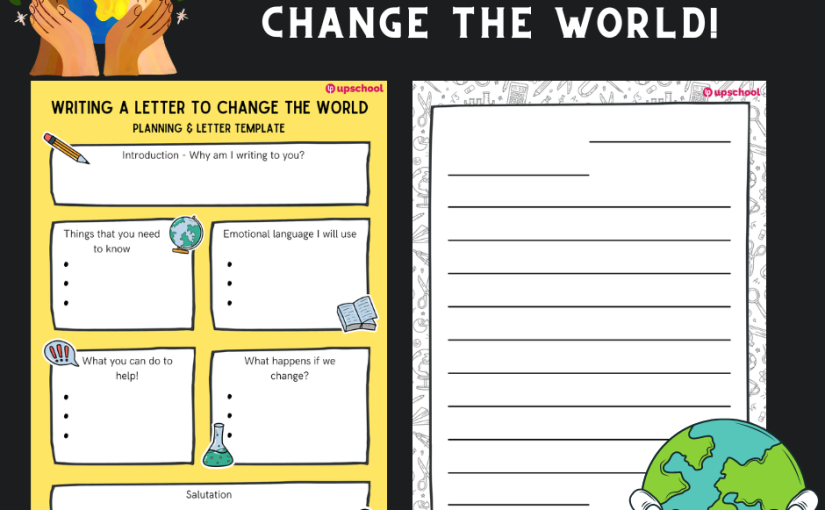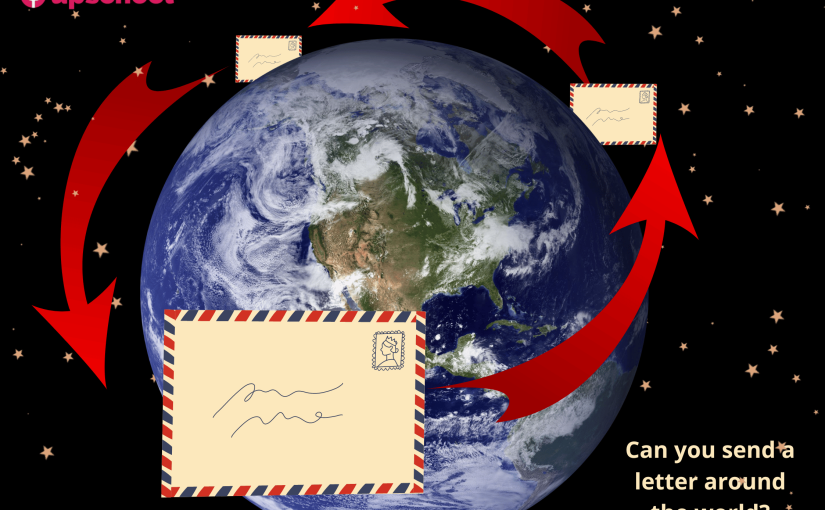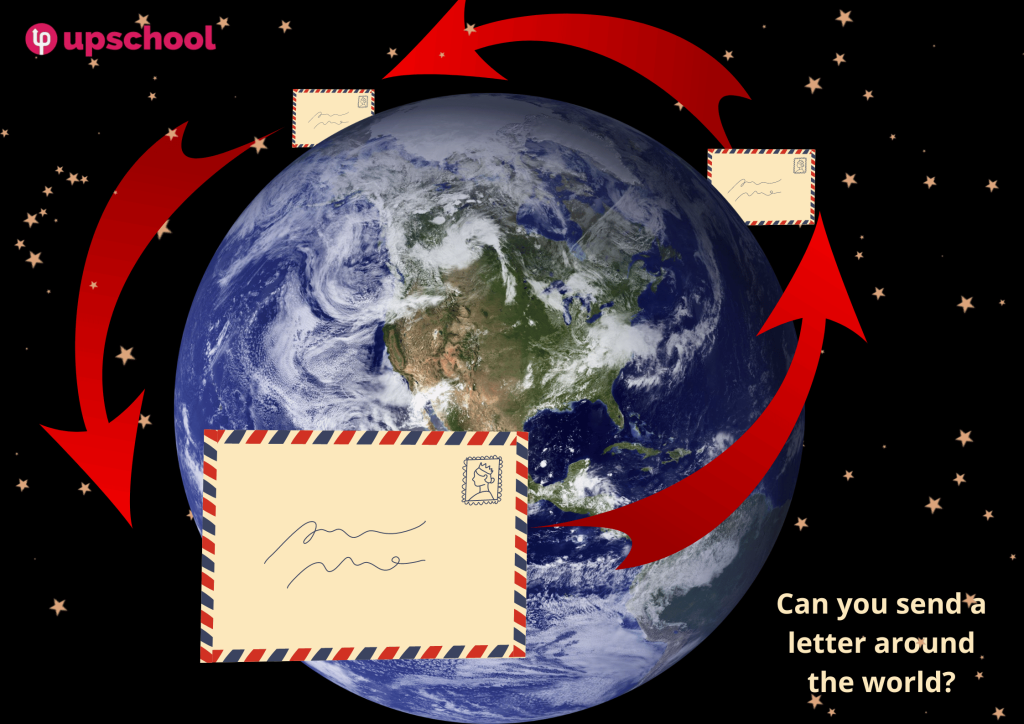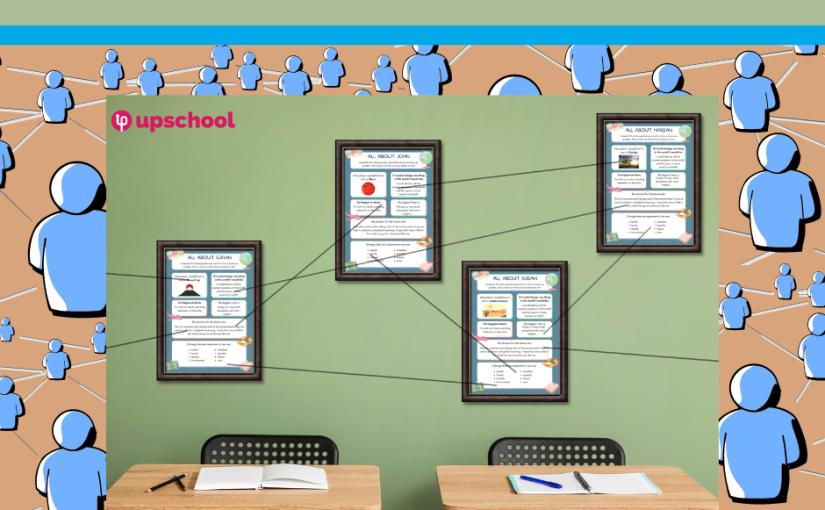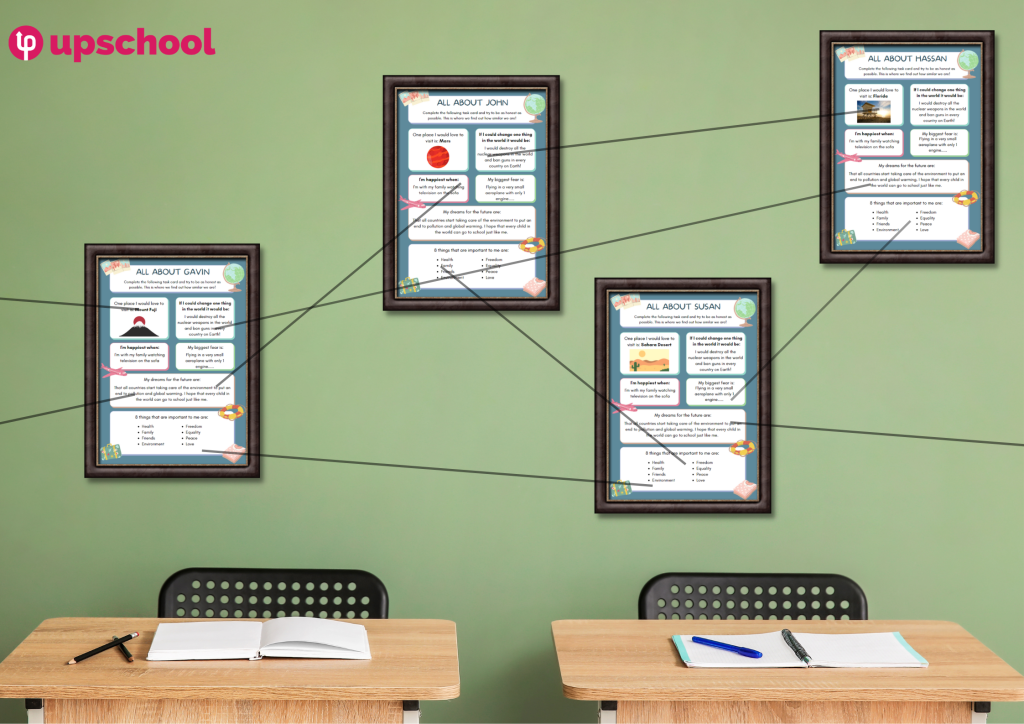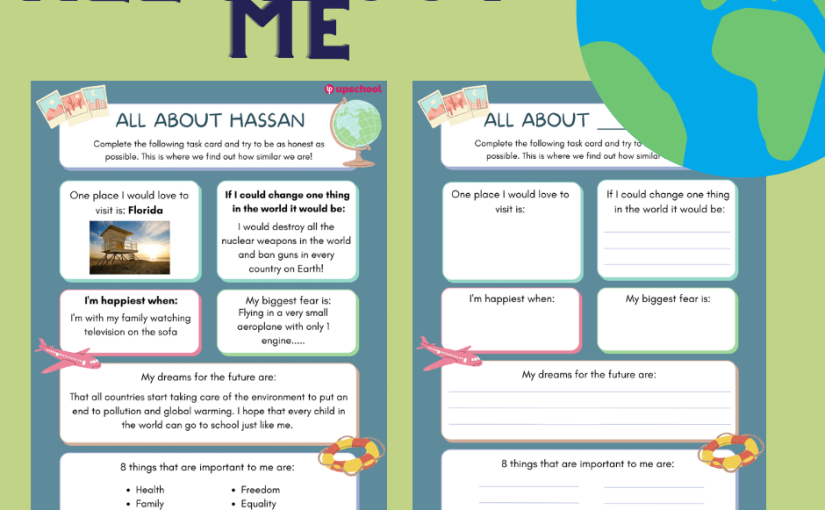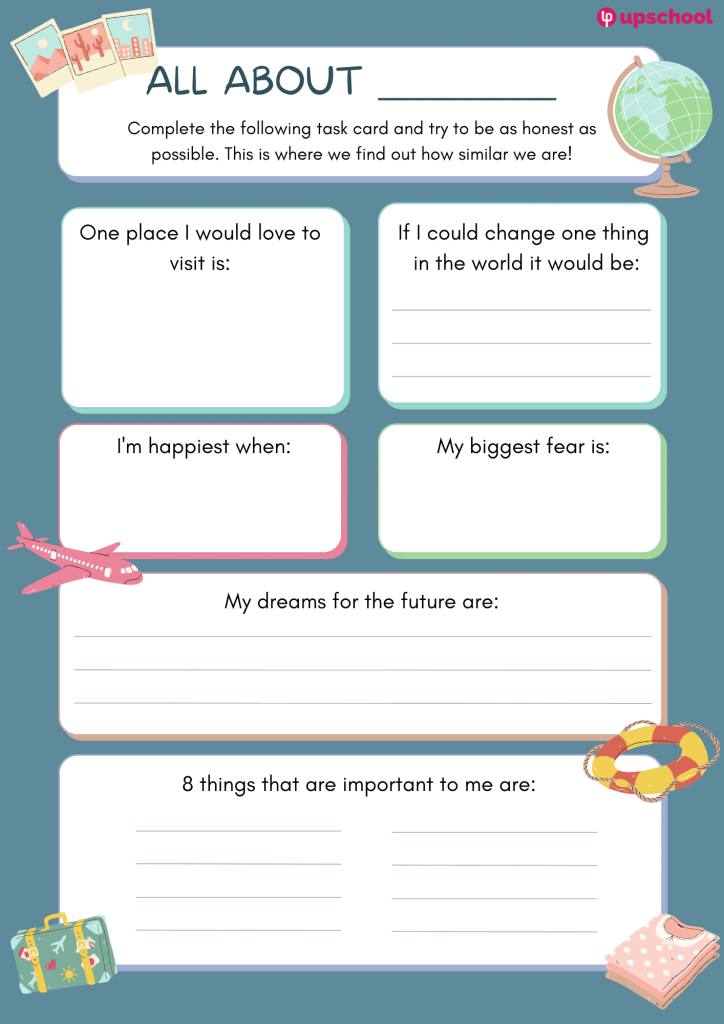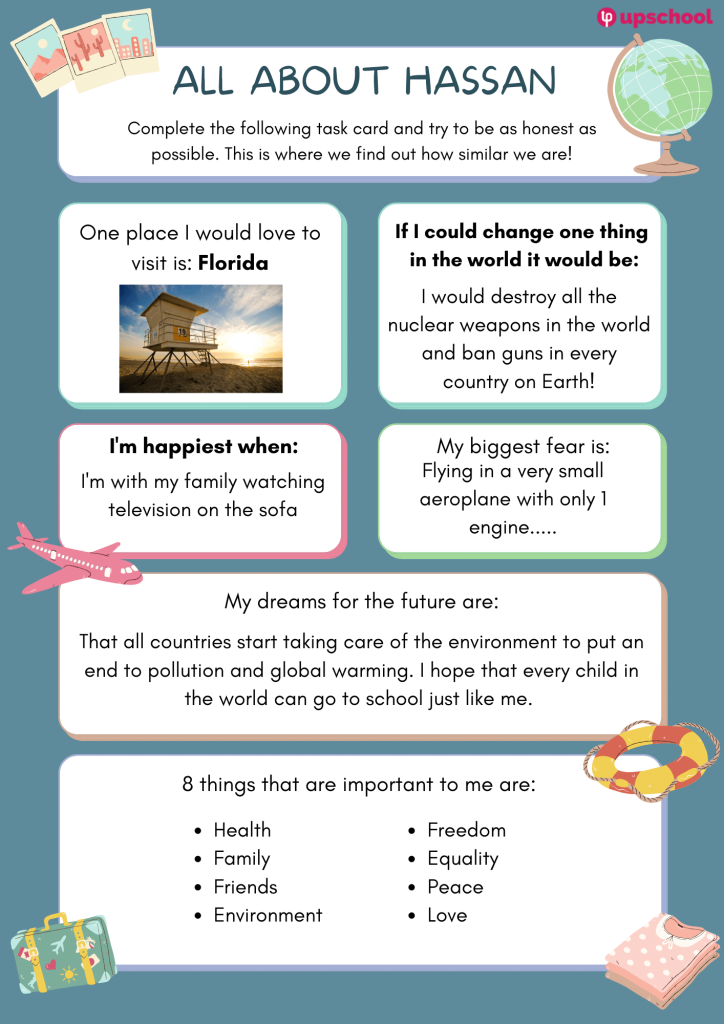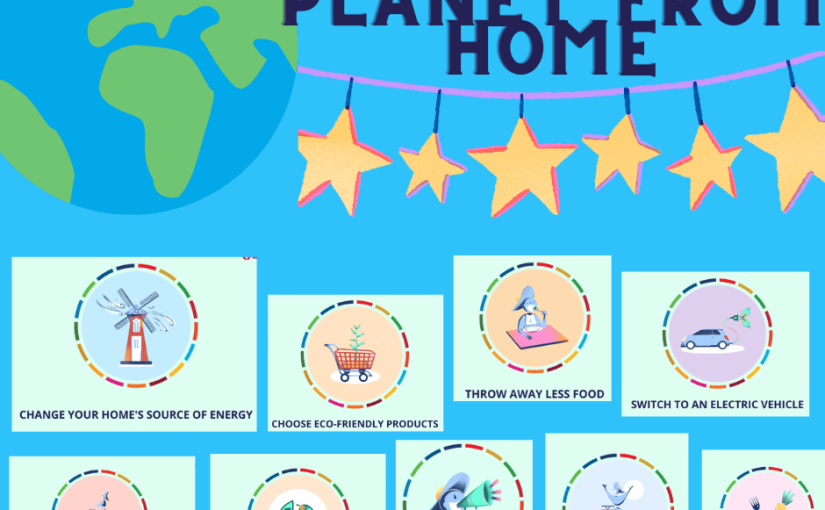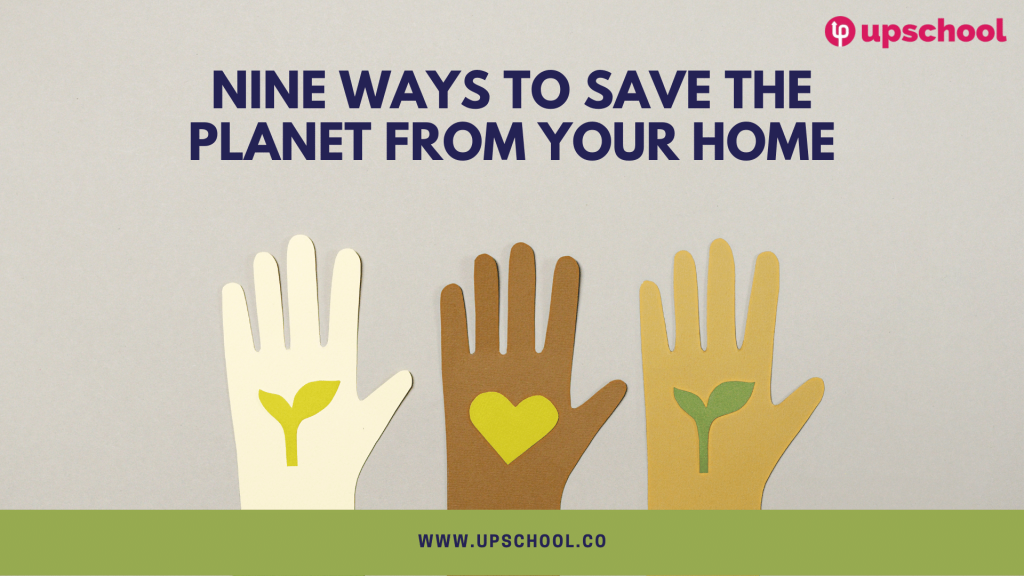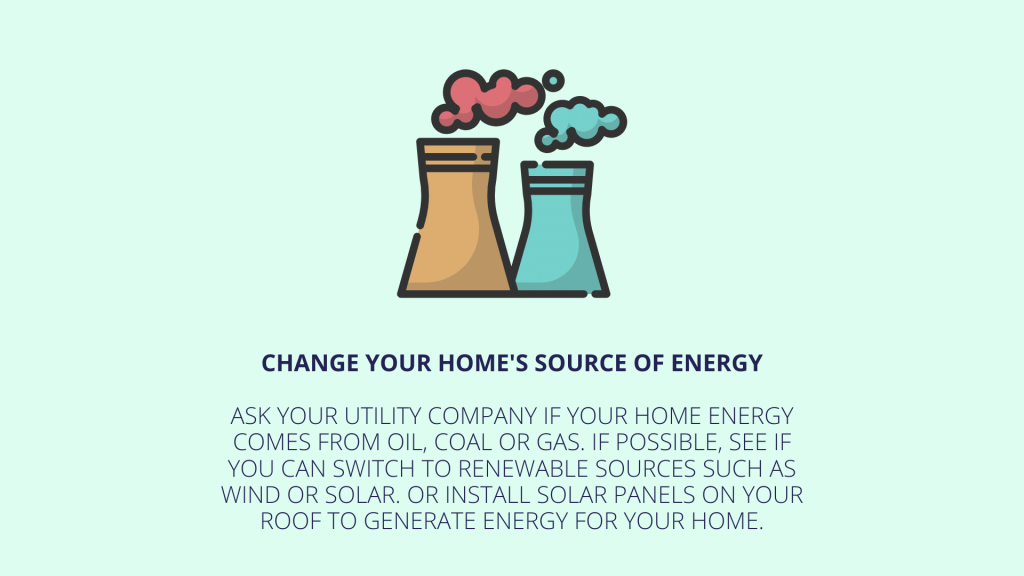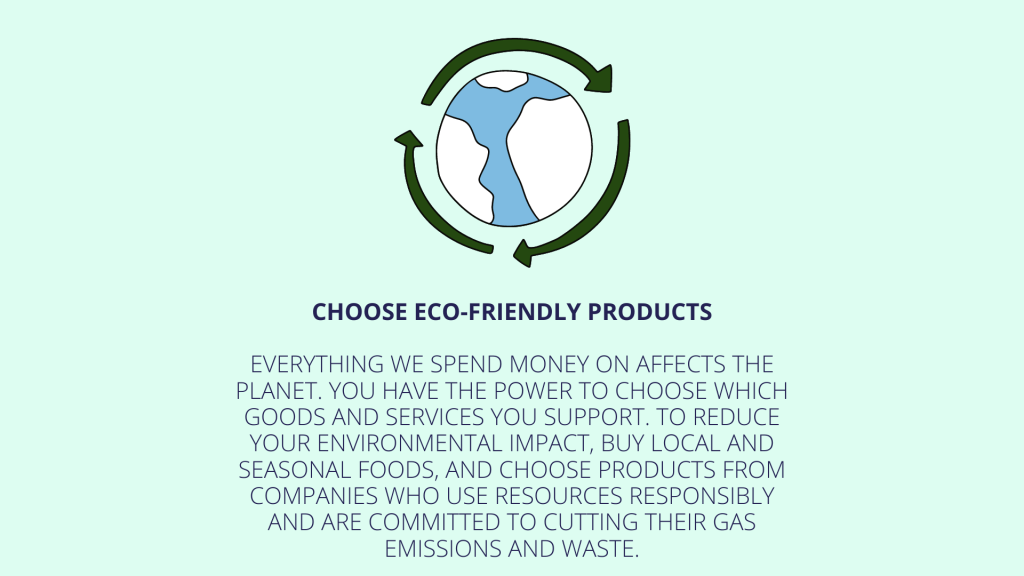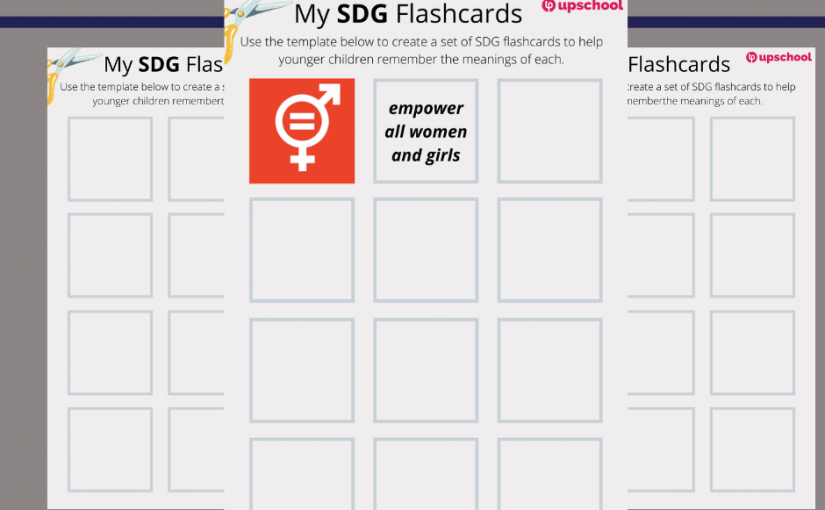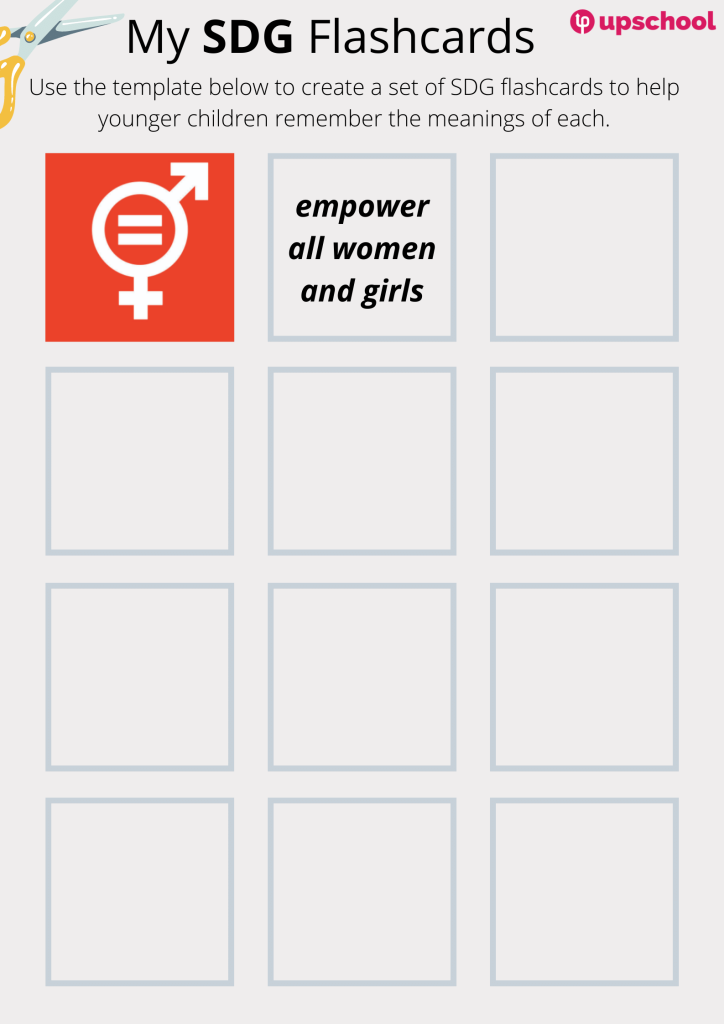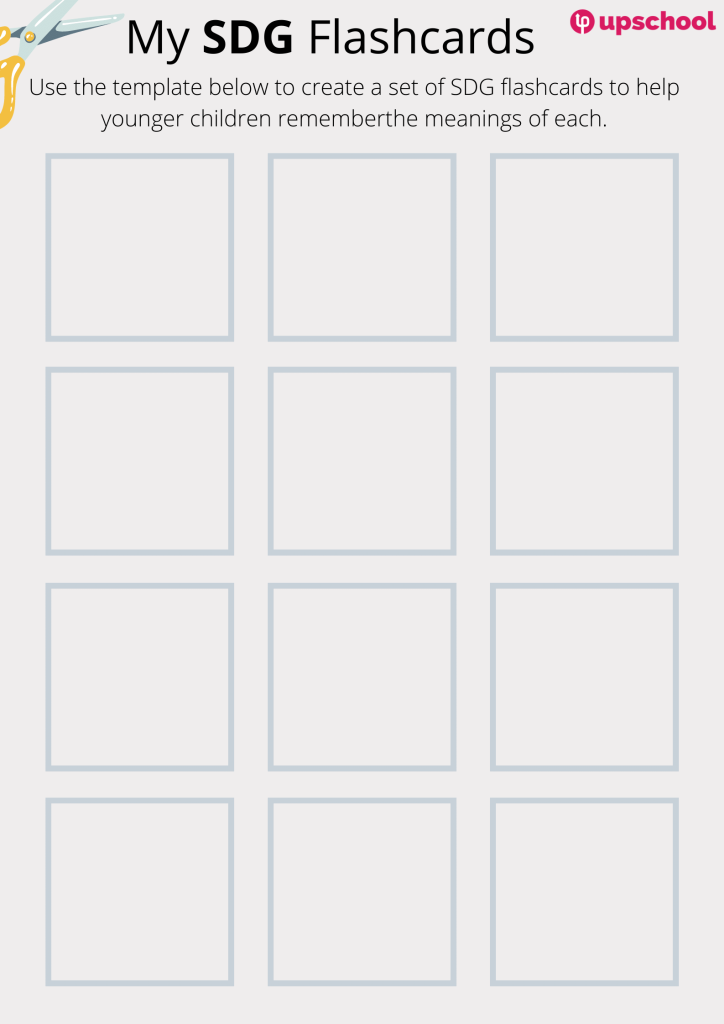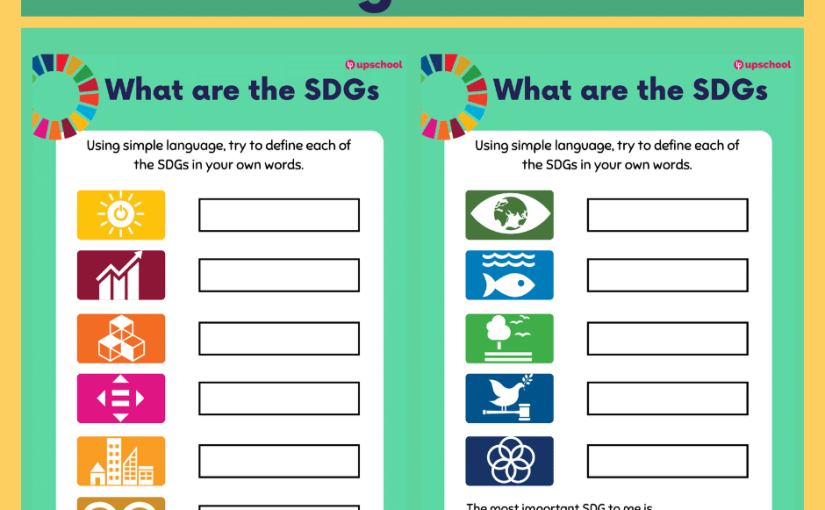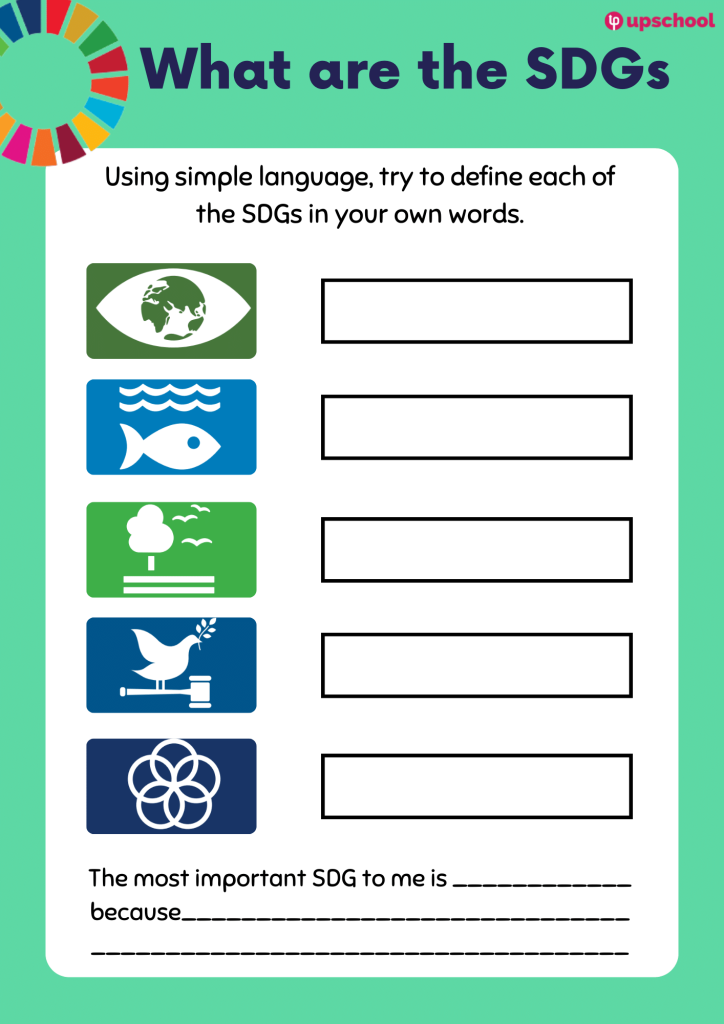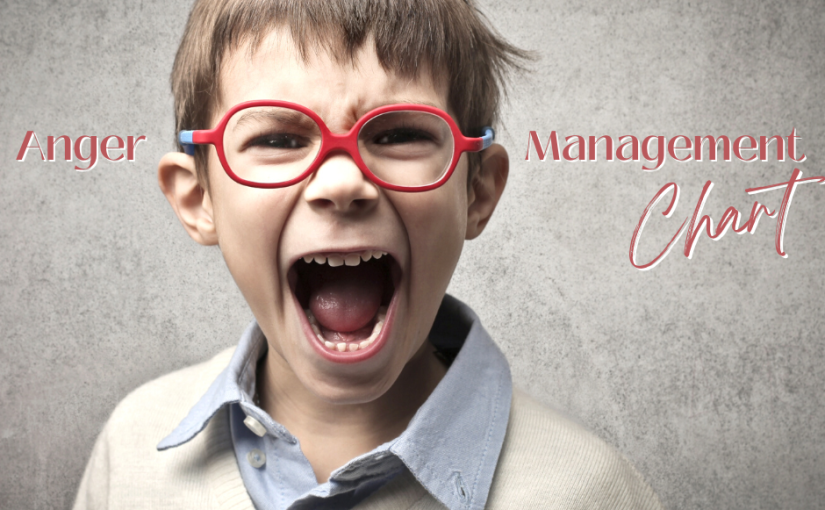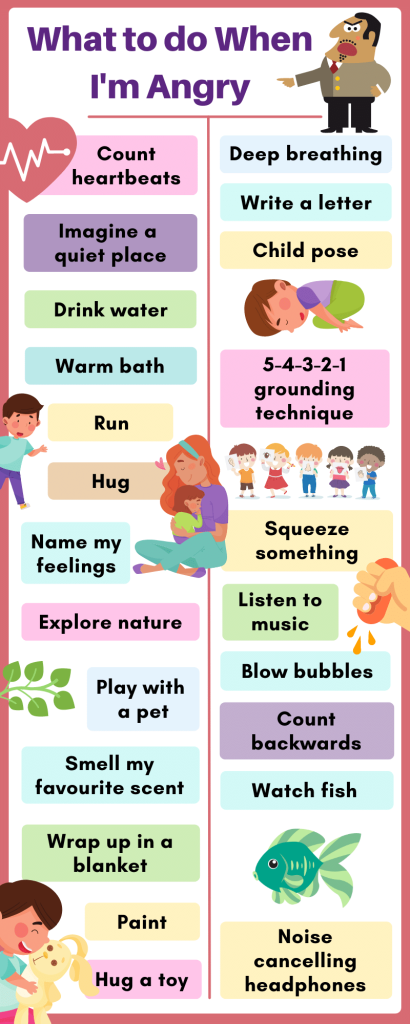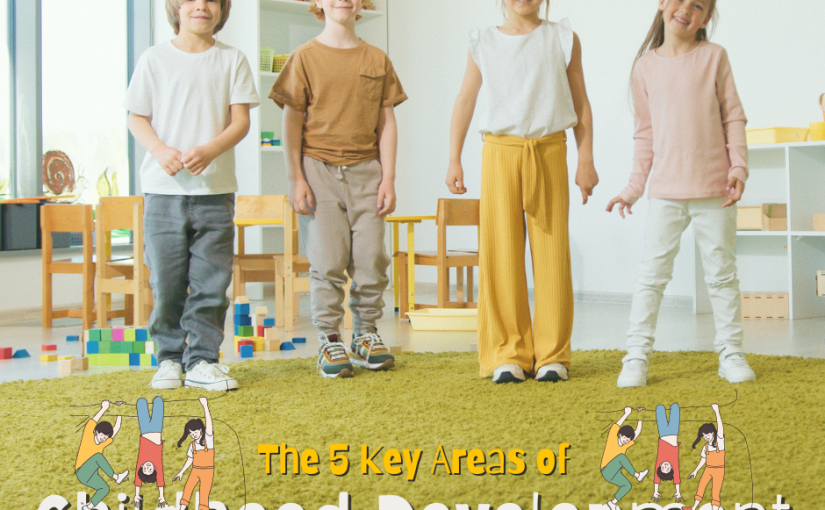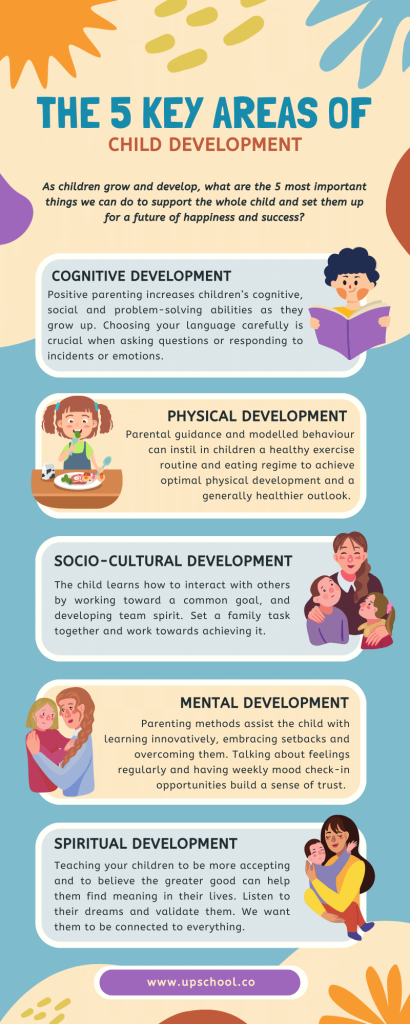Title: Write a letter to change the world!
Age Group: (9-12), (12-15), (15+)
Subject / Topic: English, (persuasive writing, reading, speaking and listening), Global Citizenship, Science, History, geography)
Real World Application: TBC
Related Upschool Courses: Be the Change!
Description: This resource will guide students on how to craft and write a persuasive letter. They are encouraged to use emotive language and persuasive devices to persuade somebody to help change the world!
This resource can be used alongside the free live lesson found in Learning Sequence One – Be the Change. During the live lesson, students will craft a letter where they will collectively write to an important person telling them all about the importance of the polar ice caps and the important role they play in the future of the planet. They will also invite the person to write back to them and wait for their response.
Real-World Application: Our children must feel that there is nobody on Earth who is too hard to reach. Whether it is the most powerful man in the world or the author of Harry Potter. During this activity, our children will realise that no matter what the issue, they are only one letter away from talking to somebody who can help solve it.
Resource Preview:



